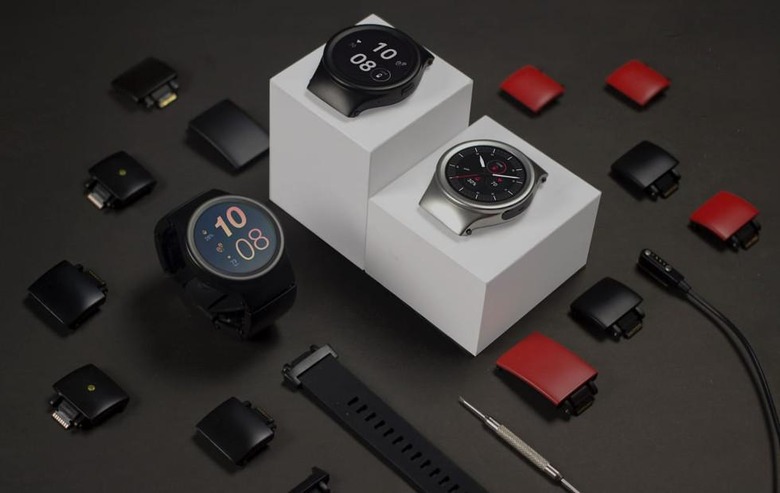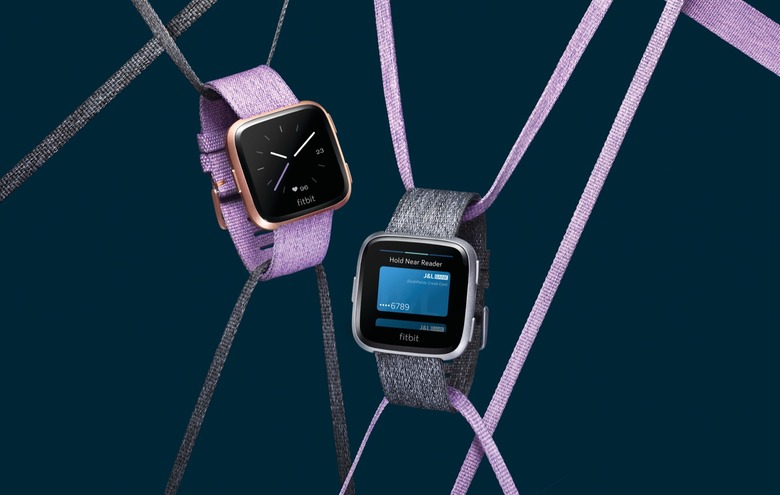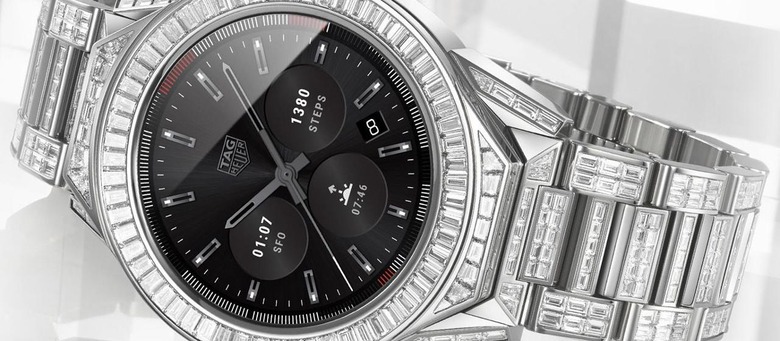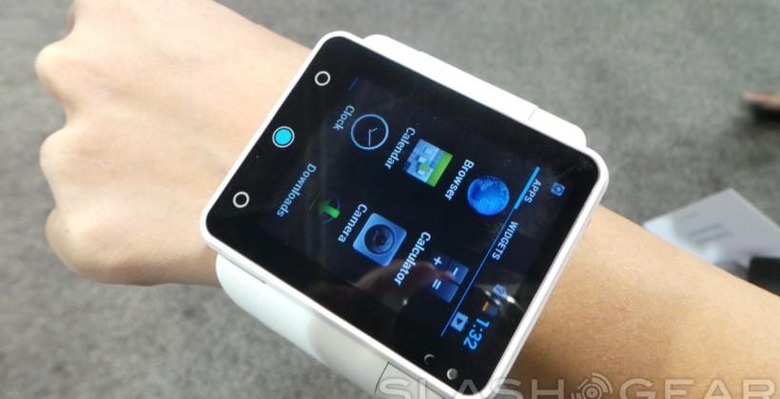Smartwatches: Why They've Failed And What They Need To Do
Fitbit just announced not just one but two wearables, a smartwatch and a fitness tracker for kids. Google is expected to do a rebranding, and maybe even a re-envisioning, of its Android Wear platform. Amidst all of these announcements, one can't help but wonder what has become of what should have been the next phase in our mobile evolution.Smartwatches still exist, no mistake about that, probably as long as Apple is still playing the game. But smartwatches need to do some heavy thinking, maybe even a U-turn if it's to remain relevant, even if Apple suddenly decides to throw in the towel.
Lack of focus
What is a smartwatch anyway? Or more importantly, what is it for? You probably won't get a straight, standard answer because smartwatches today do anything and everything. They're easily compared to smartphones that indeed do almost everything. Except with a smaller screen. Unfortunately, that doesn't exactly work for something that you strap on your wrist.
That lack of focus and purpose has made smartwatches something nice to have but ultimately not something compelling. A few wear it because of its technological benefits, often because it's part of their job or area of interest. Most of those that do don't wear it because of function or design. Those that do keep wearing smartwatches, more often than not, wear it because they'd rather not wear a regular watch and a separate fitness tracker if they could.
Too much on your wrist
The Neptunte Pine. The poster boy for how NOT to do smartwatches.
The fitness tracker market may have plateaued, but they remain stronger than smartwatches. They are also, almost ironically, starting to enter into smartwatch territory. But they have a subtle yet distinct advantage over smartwatches. They're fitness trackers first and foremost that just happens to also tell the time. They may be able to do more, but their primary purpose is unambiguous. And what they're able to do is pretty limited.
Smartwatches offer the ability to use your smartphone without using your smartphone, which is probably more a curse than a blessing. It is naturally limited by its design to a few functions and gestures, but the actions you'd want to use a smartphone for would really require the size and power of a smartphone. And for those functions, you can conveniently do on your wrist? Those pretty much don't need a smartwatch at all. Some fitness trackers already support call and message notifications, media control, and alarms. All without the complexity of a smartphone.
Distraction on a smaller screen
Smartwatches are also supposed to save us from our smartphones by reducing the need to fish out our phones and look at them. They can't, however, save us from ourselves and we end up looking at our watches instead. We've only moved the distraction from one screen to another but haven't become smarter about it. The mere thought that we'd have the ability to see those notifications anytime already pushes as to do so. And while we can indeed screen which notifications arrive on our smartwatches and which don't, the defaults aren't exactly helpful and take too much work to tweak. In that sense, neither smartphones nor smartwatches have actually become smart enough to help us.
The geek factor
This isn't to say that geek is bad, but smartwatches have always carried an aura of being something that only a niche would have any use for. Smartphones were, for a while, also like that, but thanks to heavy marketing and apps, that image was quickly given a facelift. Smartwatches aren't as lucky, especially when the first two generations of devices came from smartphone makers themselves.

Fortunately, the situation is shifting slightly and smartwatches are becoming more the fashion accessories that they are, with fashion and luxury brands the ones pushing the market forward. It makes smartwatches things you'd want to wear rather than simply use. In other words, something worth buying.
Salvaging the smartwatch
Smartwatches aren't yet disappearing, but they don't seem to be going anywhere either. There need to be some changes but, unfortunately, the end product might not resemble the smartwatches we have today.
Simpler is better
Smartwatches are veritably mini-smartphones on our wrists. But much of that power and functionality are wasted and left unused. If smartwatch and platform makers did a study, they will most likely learn that majority of the uses smartwatch users have revolved around health, simple notifications, and media control. Pretty much the same features that higher-end fitness trackers have. All those fancy apps are only good for a few first uses but then become easily forgotten. It's perhaps no wonder at Apple is pushing the Apple Watch towards a more health-focused future.

Longevity matters
Reducing functionality, maybe even the hardware, could have the side effect of allocating space for the battery. A watch that dies out on you even before the end of the day is going to always be a worry. Especially when traveling where a charging stand or dock isn't easily available. Smartwatch battery life should number in days, even weeks, and not just hours.
Smart speaker on your wrist
Perhaps smartwatches have the wrong role model. Granted, smart speakers didn't exist years ago. The two, however, share some common traits, like their limited use and limited interaction methods. While a smartwatch does have the advantage of having a screen, its size is also very limiting. It won't be surprising if smartwatches eventually evolve not as smartphones on our wrists but smart assistants on our wrists.
Fashion sense
There is one thing that the current smartwatch generation is doing right. Smartphone makers have withdrawn from the scene. Instead, those who know watches better have taken hold of the reins. Smartwatches are more watches than smartphones and they benefit most from having a fashion sense, not to mention fashion brands, behind them. Customization and personalization shouldn't be underestimated, especially in a product that is even more personal and more visible than a smartphone.

Wrap-up: Do we even need smartwatches?
Part of the changes is happening already. The "old" smartwatches are giving way to fashion smartwatches. Fitness trackers are simply adding watch faces but without the overload of apps and features. And hybrid smartwatches offer almost the same basic functionality but with almost years of battery life.
It still raises the question of whether we need smartwatches at all. We do, but probably not in the sense of the smartwatches we have today. Everything is becoming smarter, one way or another, whether that means being connected to the Internet or our phones. Wearables are going to be inevitable and the easiest smart device we can wear is a smartwatch. Might as well prepare ourselves for that future now.

